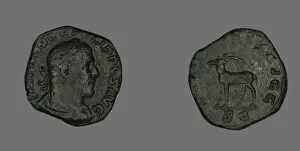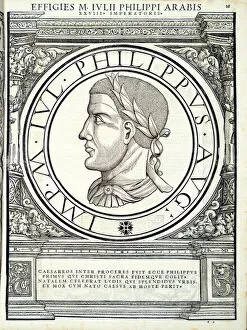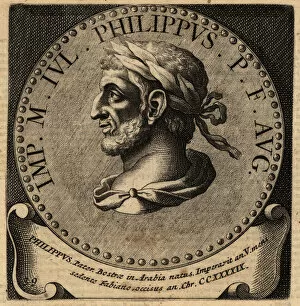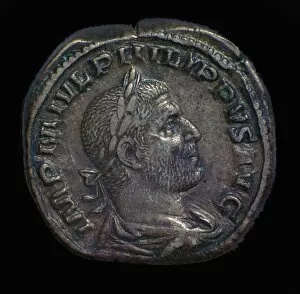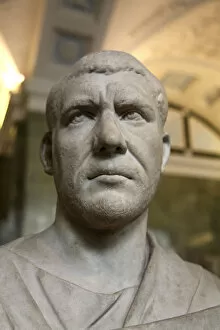Philip The Arab Collection
"Philip the Arab: A Mysterious Emperor in Ancient Rome" In the vast annals of Roman history, one figure stands out as an enigmatic ruler - Philip the Arab
All Professionally Made to Order for Quick Shipping
"Philip the Arab: A Mysterious Emperor in Ancient Rome" In the vast annals of Roman history, one figure stands out as an enigmatic ruler - Philip the Arab. Although not widely known today, this emperor left behind a trail of intriguing artifacts that shed light on his reign. Coins minted during Philip's rule offer glimpses into his life and times. One such coin is a Sestertius portraying King Philip I from 246, its creator unknown. Another Antoninianus coin showcases Empress Marcia Otacilia Severa in 248, possibly hinting at her influence over Philip's decisions. The coins also depict various images of Philip himself. A Sestertius from 247 shows him with an inscrutable expression, while another from 248 captures his regal visage. These coins were likely used to spread propaganda and reinforce his authority. Beyond numismatic evidence, other historical artifacts provide further insights into this mysterious emperor. An illustration from "Imperatorum romanorum omnium orientalium et" features Iulius Philippus, potentially offering clues about his lineage or family connections. A relief depicting the victory of King Shapur I over both Philip and Emperor Valerian raises questions about military defeats suffered during his reign. What led to these losses? Was it due to internal strife or external threats? Artistic representations also contribute to our understanding of Philip's physical appearance and stature as a leader. A portrait reveals a man with strong features and piercing eyes - attributes befitting an emperor who sought to command respect and loyalty. Lastly, a bust created by Art of Ancient Rome showcases Philip in all his glory - capturing the essence of power that he wielded during the third century AD. While much remains shrouded in mystery regarding this lesser-known Roman emperor, these artifacts offer tantalizing hints about who he was and how he ruled.





